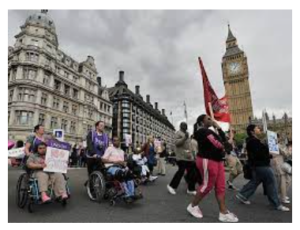In our society, we have come to realise that the only way to make sure that disabled people are treated fairly in society is by creating laws to enforce them. One of the most important of these was the Disability Discrimination Act of 1995. It made it illegal to discriminate against disabled people and that adequate provisions be made to allow disabled people the chance to see and participate in public areas and places of interest. The same was true for education and transport. In the last part, there is a chance for wheelchair users to make better use of their WAV Vehicles like those from clarkemobility.com/.
As with any kind of legal Act, it is disappointing that we have had to do this rather than society making room out of respect. The Act was a long time coming. It followed in the footsteps of the Race Relations and Sexual Discrimination Acts. These were in the mid-1970s. They were both groundbreaking at the time and have been adapted over the years.
Attempts had been made in 1944 to introduce an Act but it had no teeth and was never enforced. However, it became clear that a more united approach was needed to give the three elements of the Discrimination one unified law. The Equality Act of 2010 was the answer. It stipulated that in all public and private service and employment areas, regardless of age, physical ability, race and gender, all people should be treated equally and provisions made for them.

